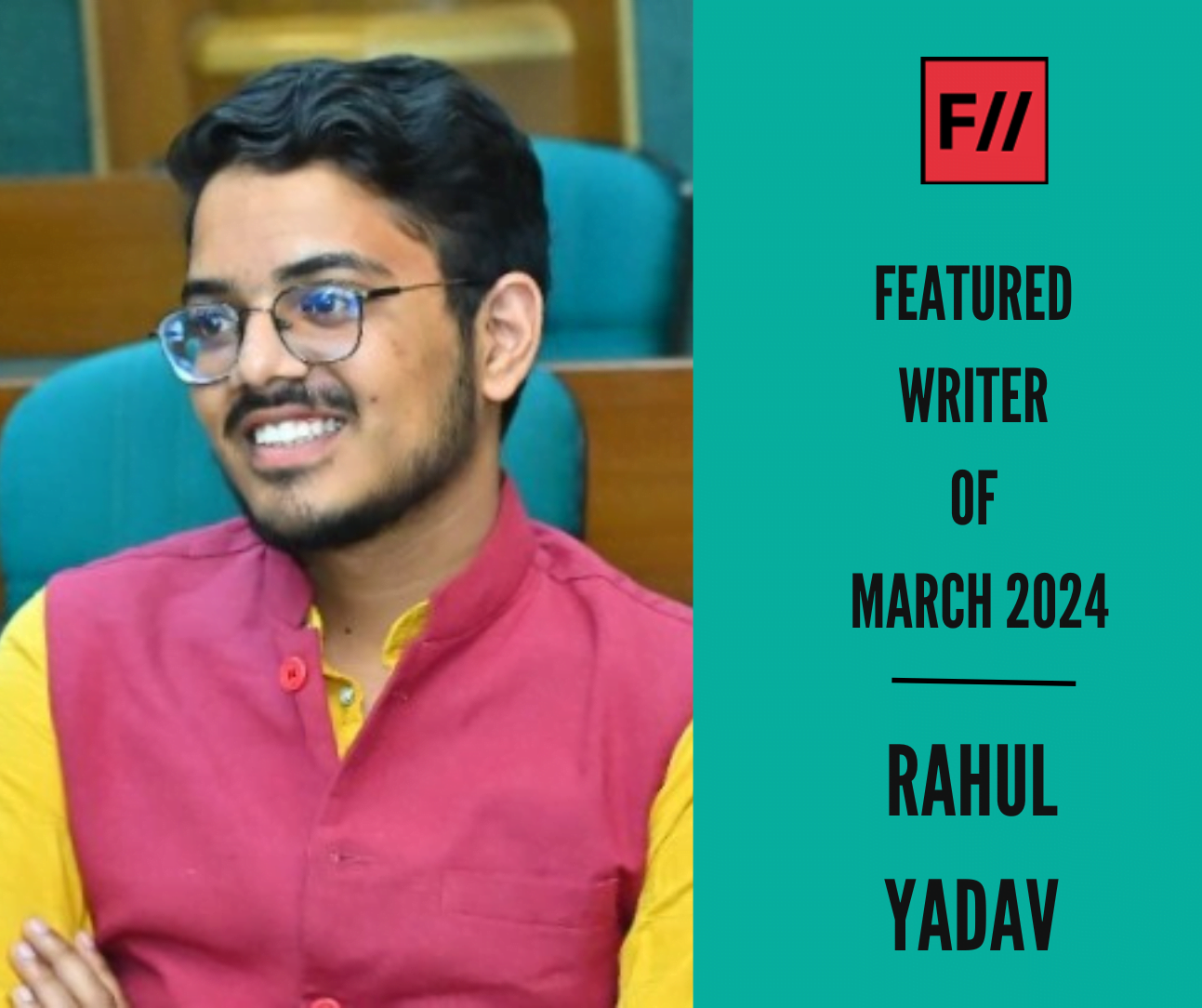
Feminism In India is an award-winning digital intersectional feminist media organisation to learn, educate and develop a feminist sensibility and unravel the F-word among the youth in India.

Popular media constructions have also taken this prototype of a tawaif forward. So in most films, barring serious outings like Umrao Jaan or Begum Jaan, tawaifs have been showed to be the fallen woman, the dangerous other, positioned by patriarchal and puritanical constructs to exist ‘outside’ and, in opposition to the family and society. Ruth Vanita, author of Dancing with the Nation says that in most movies the tawaif is shown to be “educated, self-employed, even wealthy, modern women, who are agents of desire, and often single mothers“. The Courtesan values her independence and that is what makes her such a fearsome prospect for a patriarchal society.
14. Here Is A Step By Step Guide To Manage Savarna Privilege by Deyir Nalo and Smriti Bhoker
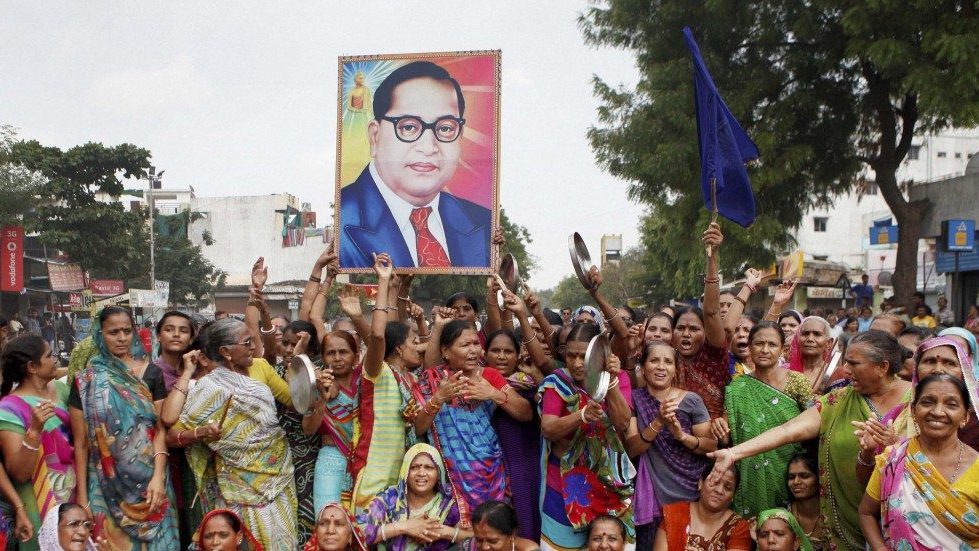
With the virtue of privilege comes great power, and with that power, comes responsibility. Assuming you are the one with the power, it is not enough to just stand against injustice around you; it is important to focus how you stand up for it. The current regime that gleams on the suffering of minorities has given us a new brand of thinkers and activists, and to understand this phenomenon we have to confront Savarna feminism. As a savarna myself, I will start by apologizing to my marginalized feminist friends who do more towards the cause and get less credit than they deserve. I am sorry. I will make sure we do better. I’m writing a step by step guide for my savarna clan because I’m tired of this group expecting emotional labor from feminists from the marginalized communities for basic confrontation of one’s power, the same power that should enable us to be better allies instead of creating a carnival for our own cause. As shocking as it is for you my dear savarna feminist, the current feminist movement is way beyond you. So, whenever you’re done moping about that, please read on.
15. Article 370 And 35A: On Scrapping The Special Status Of J&K by Shubhra Aswal
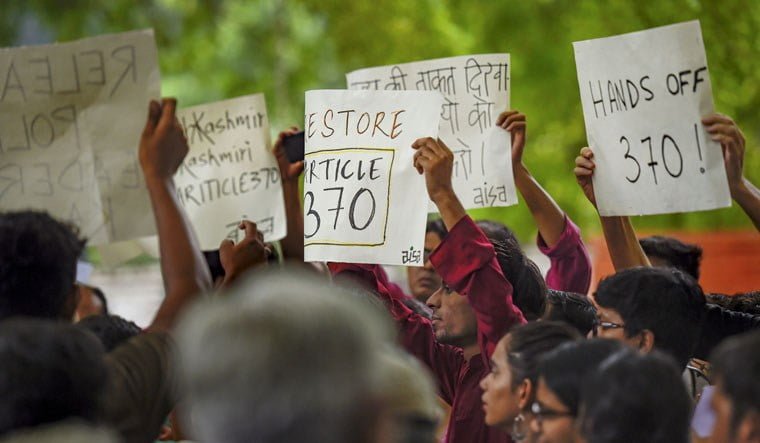
With the special status under Article 370 abrogated, J&K would cease to have its own constitution and flag, all the provisions of the constitution would hereafter apply to the state. As per Article 35A, the preferential rights of the residents of J&K have been done away with, meaning that any non-Kashmiri can now acquire property in the state. This also brings good news for Kashmiri women who can now marry non-Kashmiris as they and their children would now be given the right to inheritance. The reservation laws will now be applicable to the state and the Rajya Sabha has already passed the Jammu and Kashmir Reservation (Second Amendment) Bill which provides 10 per cent reservation for the economically weaker sections in the state.
16. How My Gynaecologists Dismissed My Pain | #MyGynaecStory by M. Chandra

With every passing year, the possibility that this is a permanent condition cannot be ignored. That I will never find a solution for this pain is possibly the truth. I have come to accept it. I may never have long term relationships when one can never count on sex being a painless experience with me. I might be infertile. I might find it difficult when I start working- I can’t take leave every time I experience a pain flare up, it probably isn’t even covered by sick leave. The hoops I jump through to get attendance condonation in college won’t work there. But if there’s one thing that’s come out of all of this is that I have learnt to trust what my body says. Its sensations and illnesses are valid and legitimate. I have educated myself of my medical and legal rights and understood the necessity of insisting and demanding them. I have to speak for myself and I will. But should every woman spend half a decade learning the lesson?
17. The Faces Of India’s Adivasi And Tribal Activism You Should Know by Adivasi Lives Matter

Tribal activism has always been a powerful way to make changes in society. These activists present a bigger picture of the current state of atrocities faced by indigenous people in India. It’s commendable that they sought to transcend the modern domains of state to become a critique of governmental actions that violates the rights of Adivasis. It’s also saddening, however, to state that despite after more than 70 years of independence, tribes are still clustered and tangled in the labyrinth of politics. Governmental resistance against their basic necessities have forced tribes to stand for their own safety and preservation of their land rights. The need of the hour is to bring their suppressed voices to light and make a befitting place for their opinions.
18. “How Dare You?” The Greta Thunberg Effect And The Fight Against… by Purnima Singh
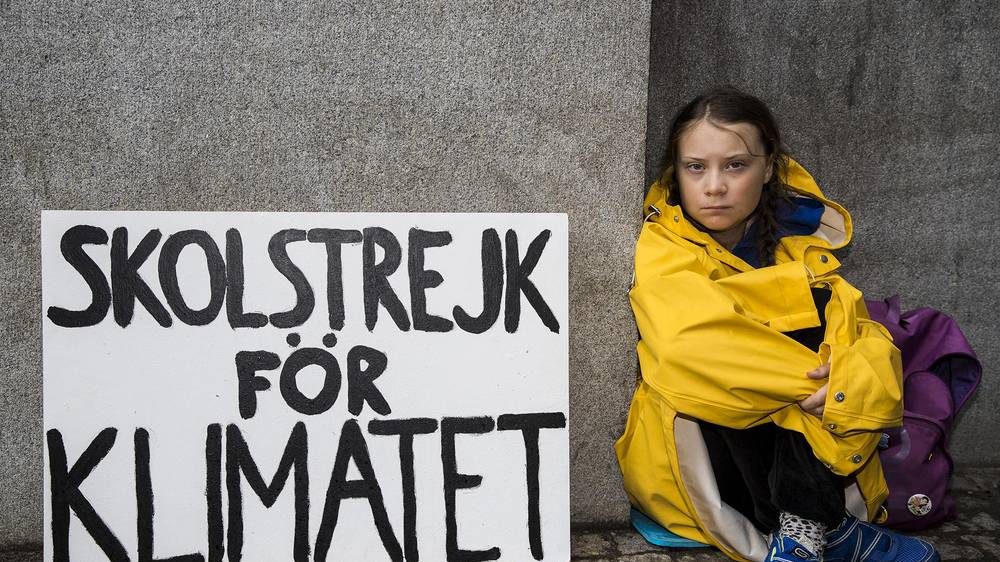
What Greta Thunberg has done and managed to achieve is nothing short of spectacular, but we mustn’t forget that the true heroes of the fight against climate change and the Earth’s original environmentalists have always been Indigenous People- and they, sadly, haven’t been given enough recognition. Several Indigenous activists have been fighting major corporations, corrupt governments, and anti-environmental laws for centuries now. It is the Indigenous women who are leading the protests against Brazilian President Jair Bolsonaro’s policies. They are not just fighting for their rights but also proactively leading the movement to save the Amazon rainforest. It was the young Indigenous women in Standing Rock that led protestors to victory against the Dakota Acess Pipeline and it was again the Indigenous women who spearheaded the protests in Mauna Kea in Hawaii. Here at home, it is Indigenous activists like Sokalo Gond and Prakash Bhoir, who are not as much awarded as they are threatened to be put in jail for their relentless environmental activism.
19. The Often Untold Journeys Of Mental Health Issues In The Kashmir Valley by Tanvi Guhagarkar
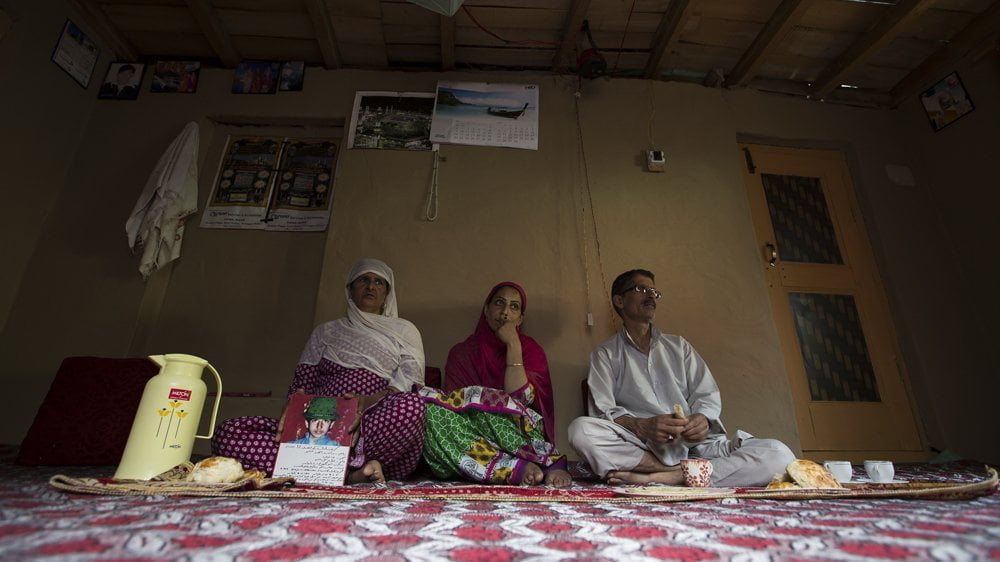
With a lifetime prevalence rate of 55%, and a staggering 10% of the population experiencing clinical depression, 47% of the respondents were female, while 37% were male. The deadly trio of disorders has induced other severe mental health issues like drug abuse, suicide, and relationship discord among others. Another detailed and eye-opening reportsubmitted by Syed and Khan from the Sher-e-Kashmir Institute of Medical Sciences, aligns with the findings of the MSA report with regards to the highest prevalence of depression, and females reporting higher levels of depression as compared to their male counterparts. The report also sheds light on the fact that the highest prevalence of 66.67% was found in the age group of 15 to 25 years, followed by the age group of 26 to 35 years with a prevalence of 65.33%. Reports on substance abuse in the valley included children as young as 10 years abusing alcohol or nicotine. To worsen the state of affairs, as per the MSA’s 2015 report, most addiction in young adults seem to be concentrated on the use of benzodiazepines—a group of anti-anxiety drugs.